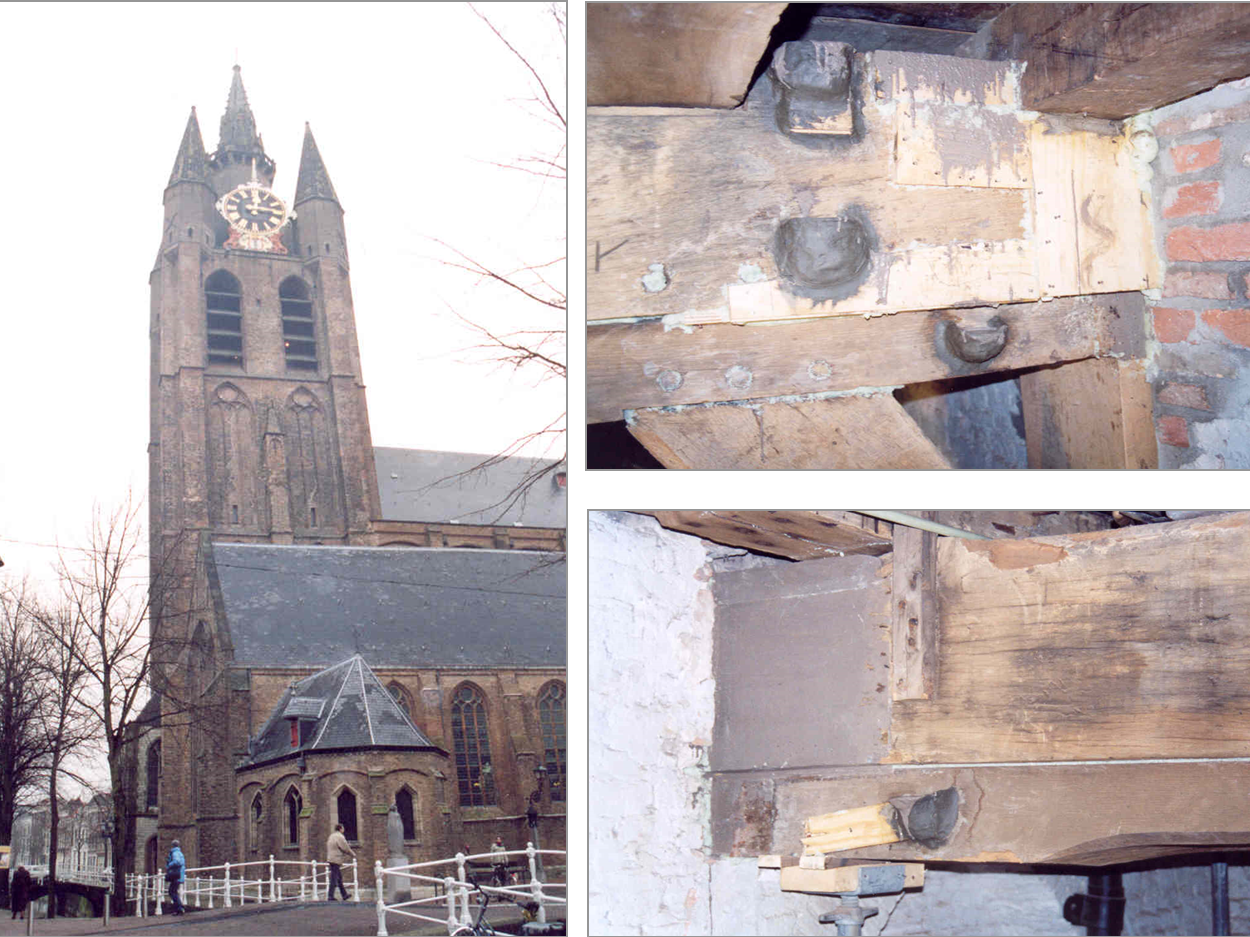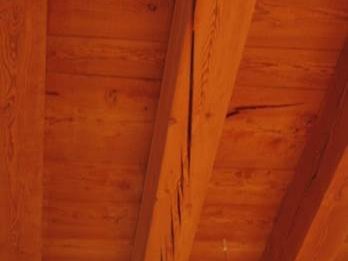Service life modelling
An important development in design strategies taking place at the moment is the integration of the time aspect into the parameters load and strength.
This time aspect contains the time dependency of loads on the one hand and the strength on the other hand. In literature, this type of models is referred to as damage accumulation models, but it makes more sense to speak of life models.
As an example, the Delft service life model has been used with positive results to ascertain whether a part of the Dutch High Speed Line-South could be founded on timber piles.
But beside advantages for new structures, such a design method can be adopted for existing timber structures. If a structure is damaged or aged, by integration of damage models into the strength models of timber, a considerable improvement of the remaining service life prediction can be realised. Continued usage of an existing structure after expiration of the reference period and/or under modified circumstances (different usage) can be enabled with the aid of these models. In addition to that, by investigating degraded timber with IR-spectroscopy and CT-scan, the models can be further improved and expanded.
Fields of application of the models for existing structures are, among others, historical buildings and timber piles foundations. An extensive research project is currently in progress on this last aspect, in cooperation with the municipality of Amsterdam.



